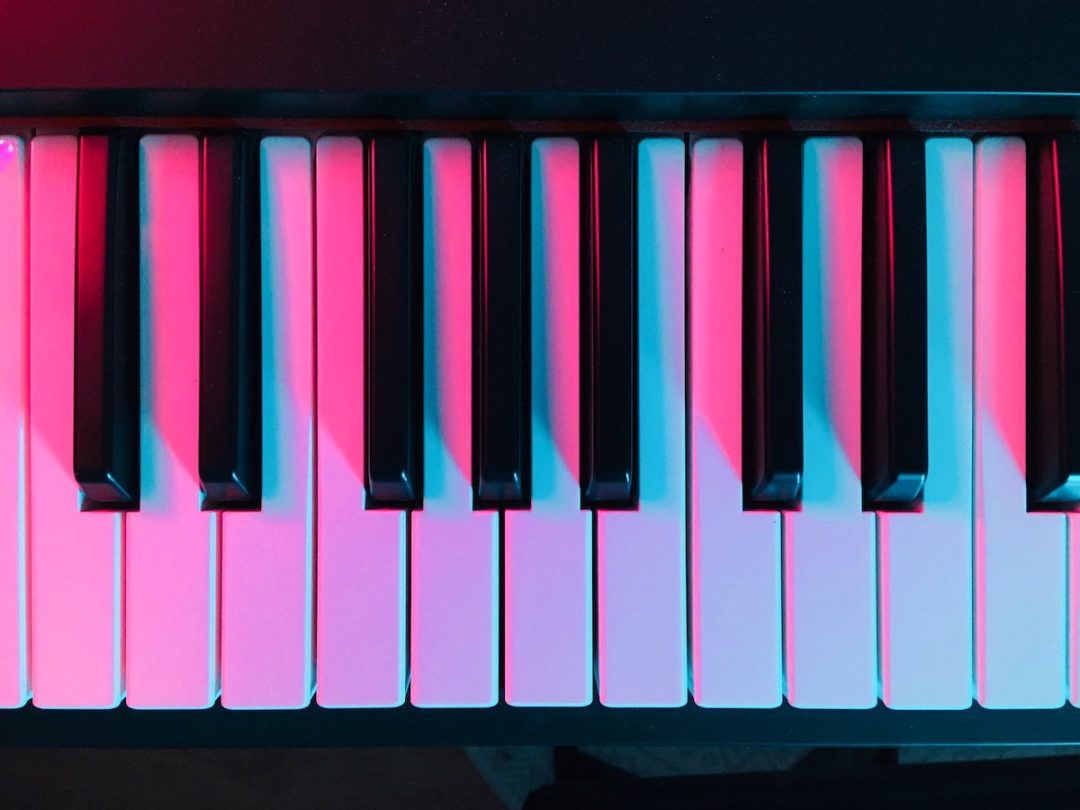Piano is a beautiful instrument, but when you put anything under a microscope, you’re bound to find some flaws. Such is the case with piano EQ. Never a one-size-fits-all technique, learning how to squeeze a piano in a mix is the sum of multiple moving parts.
Understanding a Piano’s Frequency Range
Piano has a huge range with very low lows and very high highs. It runs from about 28 Hz all the way up to 4.2 kHz, excluding harmonics that can extend well above 4k. Obviously, there will be some challenges making an instrument that big play well with others. You’re likely to encounter the full range of issues we experience in different frequency areas, like muddiness, harshness, boxiness, and whatever other words you can dream up to describe sounds.
It’s helpful to have an EQ with a real-time spectrum analyzer to help you identify problem areas when you’re first learning. Your instincts will likely guide you to what sounds “wrong,” but sometimes you won’t know exactly where the problematic frequencies live until you have some experience under your belt. Not a requirement, but a helpful hint if you’re brand new to piano EQ and mixing in general.
5 Piano EQ Tips to Improve Your Mix & Achieve Awesome Tone
The first rule of piano EQ is that it isn’t just about EQ. You can do quite a bit of sweetening and problem-solving with equalization, but there are plenty of other factors that contribute to a good piano recording and a good mix. We’re going to cover the basics below!
1. High-Pass Filtering
Filters are your best friend. Here at Produce Like A Pro, you’re going to hear Warren stress the importance of high-pass filtering all the time, and I’m a champion of the low-cut as well. It’s one of the easiest ways to immediately carve yourself some mix space. The thing to remember is to let your true low-end instruments work their magic down there. Kick drum, bass, sub, etc. The piano has some serious low-end information going on, but that doesn’t mean it’s necessary to keep all of it. Make some room.
2. Utilizing Compression
The piano is naturally a dynamic instrument. And part of getting it to sit well in a mix is by controlling some of that. Now, context is the key here. On a classical piano recording, you want to preserve and even emphasize every nuance of the player. In a pop or rock track where the piano is playing a more percussive or “steady” role, you can squash it. It truly does depend on the context, and unfortunately there isn’t just one way to compress a piano. No matter what, experimenting is the only way to go when you’re learning this stuff.
3. Mic Placement & Phasing
If you can get it right at the source, you’re doing yourself a huge favor. We don’t always have the pleasure of recording everything we mix, but if you do, then do your best to get the absolute best recording you’re capable of. If it means coming in early, or on off days, and having an assistant or an intern help you find the spot where the piano sounds great, then do it! It’ll help tremendously on the back end (and that applies to everything you record).
It’s common to stereo mike piano. When it’s time to mix, make sure both channels are in phase. If not, the piano will sound more anemic than it really is. So just be sure to double check that if you’re struggling and wondering what’s going on.
4. Panning & Stereo Imaging
Again, this is going to be context dependent. In a super dense mix it might not make sense to go hard left and right with a stereo-recorded piano, but if it’s one of the main rhythmic instruments, you can get away with it. Don’t underestimate the power of panning if you’re having trouble placing a piano in the mix. The great thing about this instrument is that it’s versatile enough to be the center of attention and dominate the stereo field, or you can tuck it away in one corner if it suits the arrangement.
Another quick tip is this: let’s say you have a mono piano recording, and you actually need it to be larger-than-life for the song. You wish you had a stereo recording, but you can’t go back in time. Use reverb for width. Stereo imaging plugins can be cool under certain circumstances, but oftentimes they sound whacky and unnatural. You can get all the image you need from a nice stereo reverb.
5. Go Easy on the Reverb
And with that said, a little reverb goes a long way. There’s a good chance that the recording is already going to have a bit of roominess in it, since pianos tend to live in larger spaces. If you need a bit more, add a splash of reverb and see how it feels. Once more, context is the key here, and there might be a creative reason to absolutely drown it or leave it dry as a bone. At the end of the day, trust your ears and your instincts.
EQing Piano Is All About Context
The piano EQ article quickly turned into a lot of general piano tips, though that’s not by mistake. There’s so much more to mixing piano than just EQ, and we hope we demonstrated that here. Use EQ to fix ugly resonances and sweeten the pleasant stuff, but keep other tools at your disposal as well!
